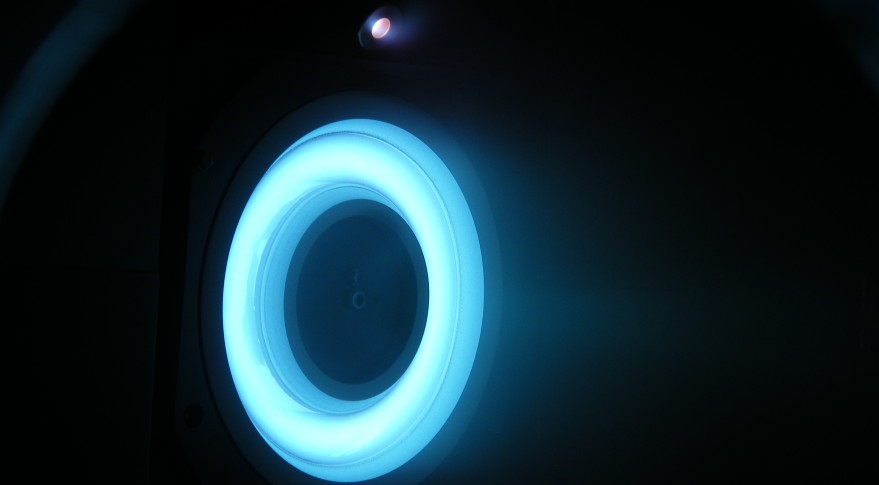

News | 01.02.2016
Airbus and Thales plan ordering satellite electric thrusters from Snecma
The French company expects to sell 35 plasma-electric satellite propulsion units per year over the next decade following an agreement with Europe’s two largest satellite prime contractors on the use of Electric Propulsion.
CNES has used a public bond fund to help finance the development of the Snecma´s HET thruster, and complementary, the European Space Agency under the ARTES-14 programme has contributed to the system-activities related, to incorporate Electric Propulsion as an element of the next-generation telecommunications satellites NEOSAT.
NEOSAT is designed to give both Airbus Defence and Space and Thales Alenia Space new-generation satellite platforms, including electric propulsion, to sharpen their competitive edge against current and future competitors in the United States, Japan, China and elsewhere.
ESA, Airbus and Thales Alenia Space have confirmed their selection of the HET thruster for the Airbus Eurostar Neo and Thales’s Spacebus Neo.
Europe’s two largest satellite prime contractors have promised a 30 percent reduction in overall telecommunications satellite costs by 2020 once they have fully integrated the different Neo program elements into their production lines. The Electric Propulsion is just one of the Neo elements. Electric propulsion saves up to 40 percent of a satellite’s launch weight for the same in-orbit capability, allowing satellite owners to load more payload onto a given platform or pocket the savings by selecting a smaller, less-costly launcher. But an all-electric satellite will take months, not days, to climb from its transfer orbit to final geostationary position.
